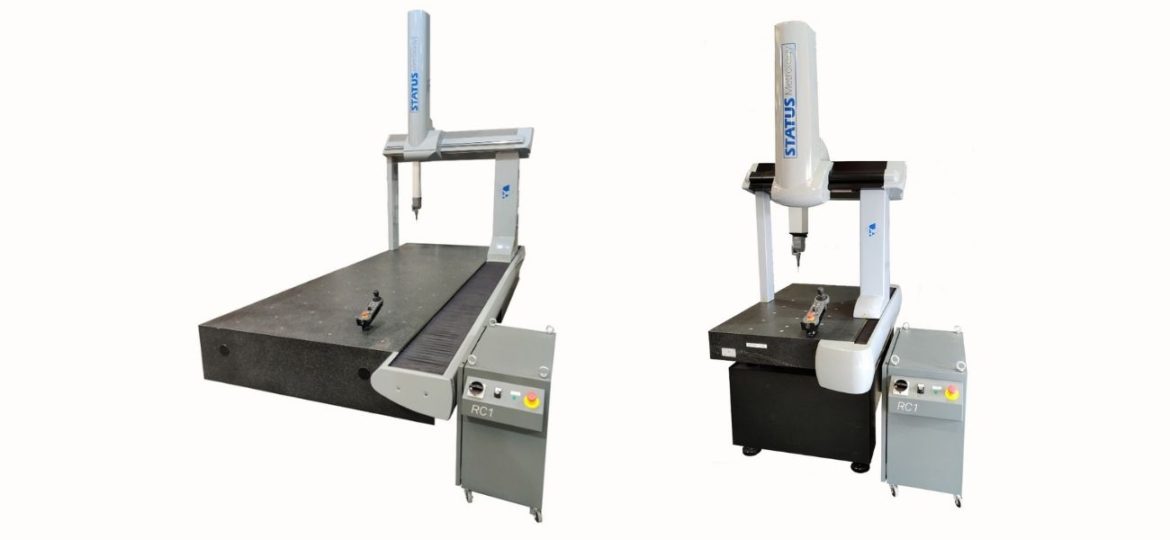Trading for almost thirty years, Nottingham based Status is synonymous with exceptional quality metrology services, machines, software and support. Although entirely independent, they are exclusive strategic partners with Hexagon Manufacturing Intelligence and have served as their ‘UK Technical Service Partner’ since 1999. Their unique partnership with Hexagon enables us to save our customers thousands of pounds through our refurbished and retrofitted CMM’s, fitted with the latest Hexagon controllers and PC-DMIS.
Hexagon MI’s range of CMM machines and portable arms are exceptional. They’re equipped with industry-leading software and technology, enabling them to perform to high standards for years to come. However, with regular use, structural changes or functional changes, both CMM machines and portable arms will lose accuracy, resulting in standards not being met. This is when Hexagon CMM calibration is needed. Calibration is the process of restoring a machine that doesn’t meet the stated specifications to the required standards so that it can perform optimally again.
As Hexagon’s UK technical service partner and with almost 40 years in business, it’s safe to say that Status CMM calibrated their fair share of CMM’s – from huge Global machines to smaller Absolute Arms and more. Here, we take a closer look at some important Hexagon calibration considerations…
TYPE OF CALIBRATION
For the majority of calibrations, an artefact will be used. Some of the most common include length gauge blocks, swift-check gauges and ball plates. However, sometimes, a bespoke artefact is required. On the other hand, if a higher level of Hexagon calibration is needed then usually, a laser interferometer is used. The only downside to using an interferometer is that it takes a lot longer to perform a calibration than using a regular artefact.

UKAS STANDARDS
When it comes to any type of CMM machine calibration, UKAS standards must always be considered. The calibration service provider should be UKAS accredited for a recognised calibration laboratory and they should be experienced in calibrating and certifying Hexagon machines to meet the necessary standards.
REGULARITY
CMM’s need to perform to high standards all year round. Without a well-calibrated machine, meeting the twin demands of accuracy and throughput can be hard to balance. On top of this, a poorly calibrated machine could lead to clients losing faith and lost revenue. To help make sure this doesn’t happen, regular Hexagon calibration should be undertaken. We’d recommend that standard, static machines are inspected, certified and recalibrated if needed at least once annually. Regular maintenance checks should also be carried out.
Status is not just a CMM calibration specialist, they are a full-service metrology solutions provider – covering machines, software, service and training. Take a closer look and find out more by getting in touch by emailing info@status-cmm.co.uk.or for more details visit: https://status-cmm.co.uk/blog/hexagon-calibration/









